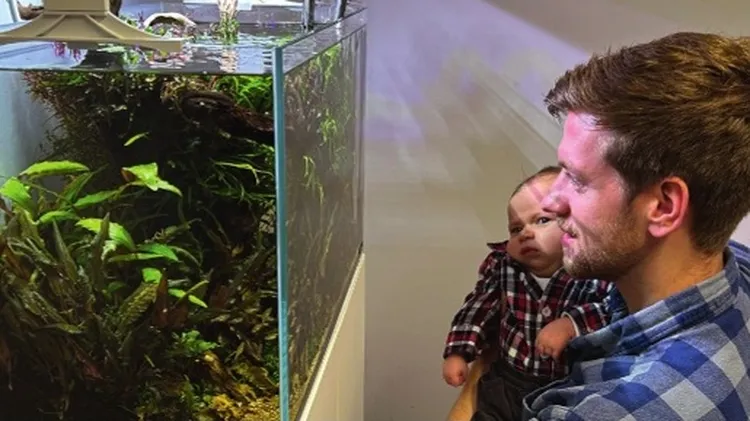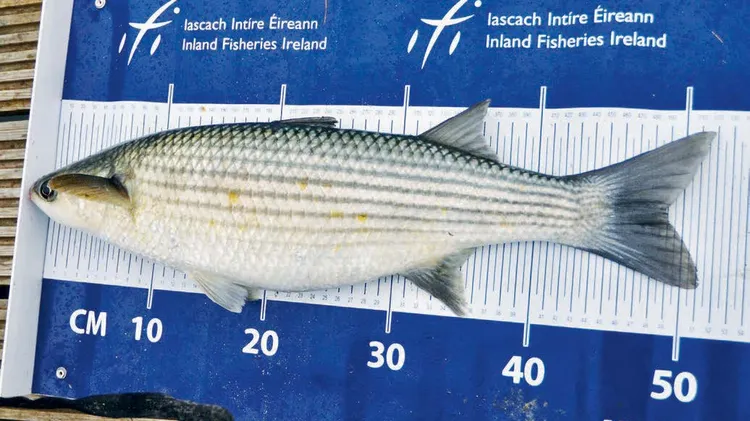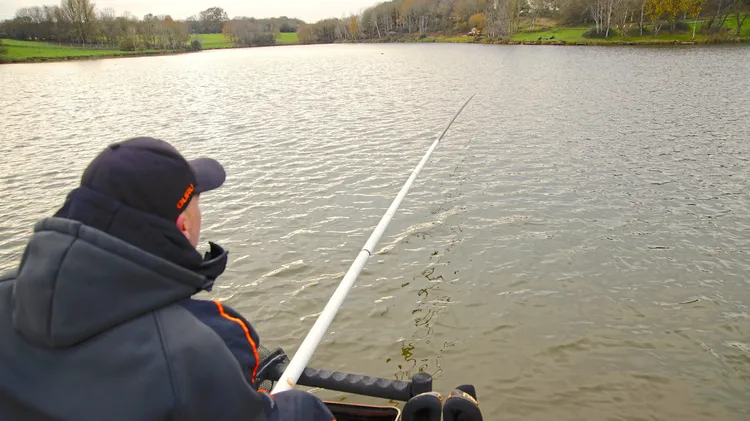For most of us, our first experience of fish breeding comes quite by acci
Help, i have a baby!
6 min read
This article is from...
Read this article and 8000+ more magazines and newspapers on Readly






